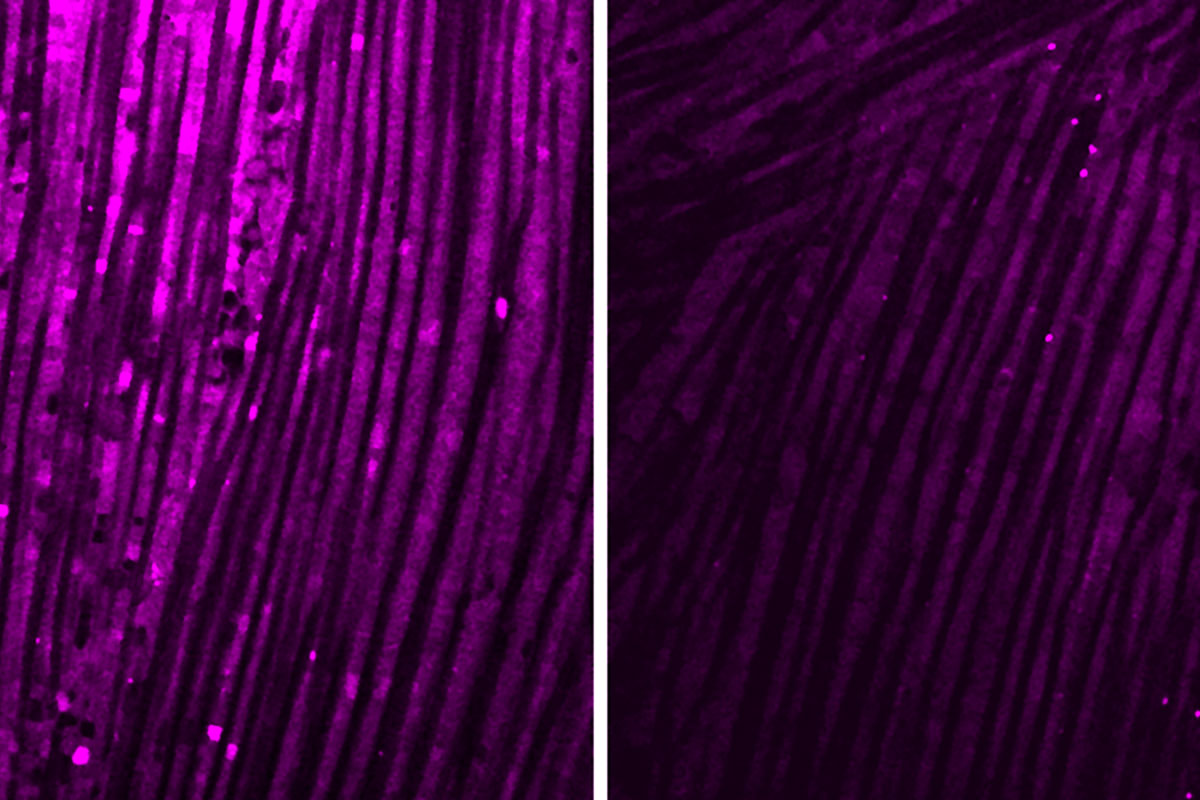A protein released when there’s inflammation in the brain could be behind the severe muscle fatigue seen in people with long COVID, revealing a potential target for new treatments for the condition.
Fatigue and exercise intolerance are among the most debilitating symptoms of long COVID. Scientists have learned that this goes far beyond feeling tired – previous research has revealed changes in the muscle fibers in long COVID patients that prevent them from being able to exercise as they used to. However, a new study is offering hope that we might one day find a way to treat this.
Post-viral syndromes like long COVID are not the only cause of these complications, so the research team also looked at Alzheimer’s disease and infection with E. coli bacteria. In each of these diseases, the brain can be exposed to inflammatory proteins that lead to a buildup of reactive oxygen species. These, in turn, cause brain cells to produce a protein called interleukin-6 (IL-6), an immune system component that then travels throughout the body in the bloodstream.
It’s the IL-6, the researchers discovered through investigations in mice and fruit flies, that stops the body’s muscles from producing as much energy as they usually would.
“Flies and mice that had COVID-associated proteins in the brain showed reduced motor function – the flies didn’t climb as well as they should have, and the mice didn’t run as well or as much as control mice,” said senior author Dr Aaron Johnson, of Washington University School of Medicine in St Louis, in a statement.
Importantly, this effect on the mitochondria – tiny cellular power plants – in muscles continued even once the acute infection had been cleared. Many people with long COVID had only a mild, short-lived initial infection, only to start experiencing a raft of symptoms a few weeks later.
“Even if an infection is cleared quickly, the reduced muscle performance remains many days longer in our experiments,” said Johnson.

In these fruit fly muscle fibers, the purple staining shows how well the mitochondria are producing energy. The ones on the left are from healthy muscles, while the ones on the right are from muscles exposed to IL-6.
Image credit: Shuo Yang
Although this research was conducted in flies and mice, the team believes similar processes can happen in humans. High levels of inflammation have previously been documented in long COVID patients, and an inflammatory environment in the brain is a known marker of neurodegenerative conditions like Alzheimer’s and Parkinson’s – in fact, previous research has noted the similarities between brain inflammation in Alzheimer’s and in COVID-19 patients with neurological symptoms.
It’s not completely clear why the brain produces IL-6 under these conditions. “If we want to speculate about possible reasons this process has stayed with us over the course of human evolution, despite the damage it does,” Johnson theorized, “it could be a way for the brain to reallocate resources to itself as it fights off disease. We need more research to better understand this process and its consequences throughout the body.”
But one encouraging thing to come out of this study is the potential hope it raises for a treatment. IL-6 activates a biochemical pathway called JAK-STAT in muscles, and there are already a number of approved drugs that can block this pathway. These are generally used for inflammatory conditions like rheumatoid arthritis, but in light of these findings, there’s a chance they could help manage long COVID too.
More research will be needed to find out, but for a patient population that has suffered stigma and ignorance, any positive steps forward will be welcomed. “In the meantime,” Johnson said, “we hope our study encourages more clinical research into this pathway and whether existing treatments that block various parts of it can help the many patients who experience this type of debilitating muscle fatigue.”
The study is published in Science Immunology.
Source Link: Long COVID Fatigue May Be Down To A Protein That We Could Target With Drugs